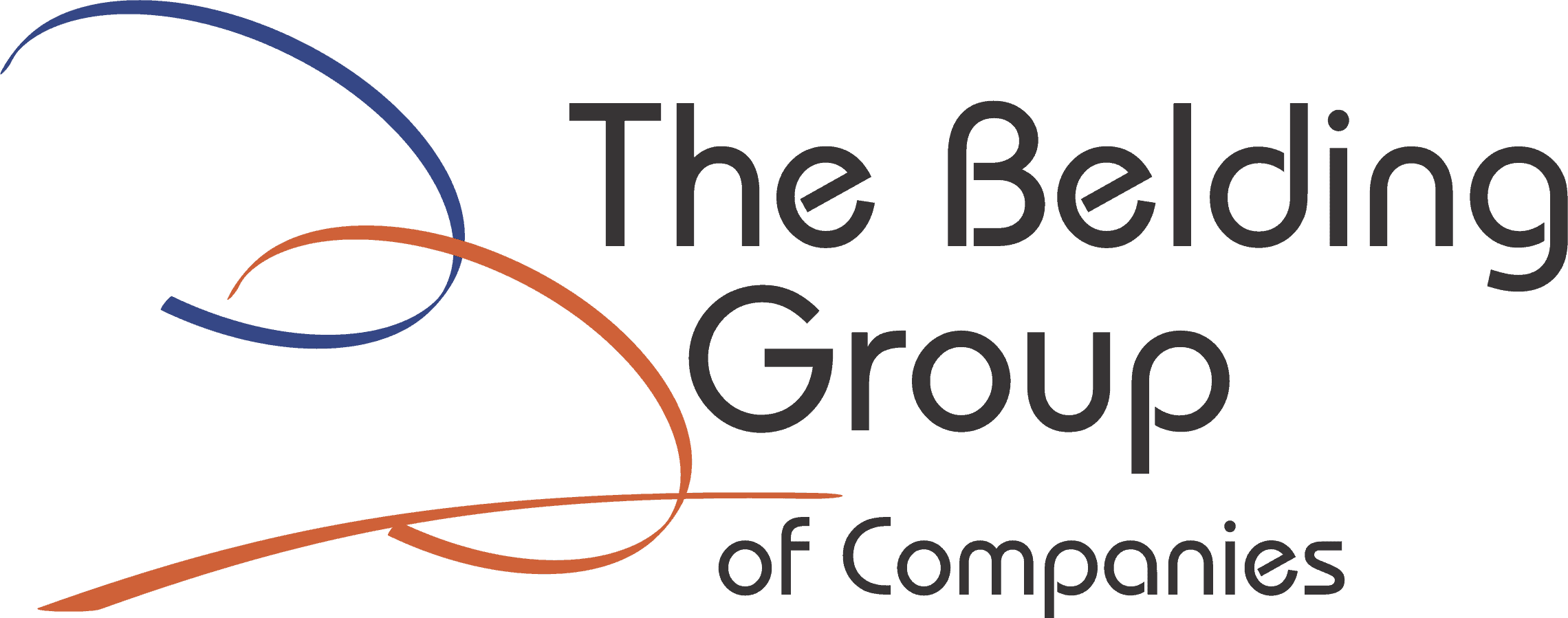
5 Signs Your Company Needs Customer Service Training
There’s been a lot of focus on Customer Experience over the last decade. That’s a good thing. But, recently, the people side of customer experience –the Customer Service part — has been pushed to the back seat. It’s a result of acute short-term thinking. It’s also a Big Mistake.
Customer Experience isn’t a differentiator any more - it’s the price of admission
Pandemic aside, the strategic role of customer experience has changed in recent years. It has transformed from being a unique competitive differentiator to simply being a non-negotiable. As the bar in every industry continues to raise to meet escalating customer expectations, providing outstanding experiences is, at minimum, about survival. Ten years ago, it was the secret to winning the game. Today, it is basic table-stakes. Without a focus on customer experience, you will quickly be on the outside looking in.
But a lot of companies aren't getting it right
A landmark 2018 study by CustomerThink identified that most companies are focused on the wrong things, and thus not succeeding with their customer experience efforts.
There are also an increasing number of companies moving to automated solutions and self-serve platforms. They spin it as “enhancing customer experience,” but the reality is that it’s about cost savings.
On the surface it seems like a sound business decision. The cost of live humans is 80-100 times more than that of technology. The math seems simple. But hidden cost — all-too-often dismissed by people mesmerized by the short-term numbers — is customer loyalty.
Customer service has taken a back seat - and that’s a mistake
Because of these things, customer service has taken somewhat of a back seat over the last few years – and that’s been a mistake. The value of human human interactions is irrefutable. Nine-out-of-ten Wow experiences — experiences that customers are most likely to share with friends and family — come from customer-employee interactions. It is, ultimately, the core ingredient of customer loyalty, and ignoring it carries a heavy price.
Customer service is not something you want to leave to chance. It’s more than just being nice to people, and more than just common sense. It’s the execution of a collection of skills, behaviours and attitudes that consistently send the message to customers that you care about them. A customer-focused culture is created by highly-focused leadership and solid customer service training.
Customer service training needs to be on your short-term bucket list
If you’ve never run a customer service training session for your team, it’s time to put it on your short-term bucket list. But even if you have done training in the past, there comes a time when it should be re-visited. Either way, here are five signs to tell you that its time:
1. Your service levels are inconsistent
Inconsistent service levels are sure signs that your team isn’t all on the same page. Here are a couple of things to look for:
Some team members getting a lot more “difficult customers” than others.
Don’t write this off as coincidence. It’s likely that they are missing key service recovery skills.
Employees having “bad days” in front of customers.
We all have an occasional bad day, of course, but when personal emotions begin to seep into professional interactions, that’s a big warning sign.
2. Your customers are focusing more on price
Scores of studies over the years continue to point out that customers are willing to pay higher prices when they perceive a significant difference in the service they receive. There’s a reason that people pay more for the Ritz-Carleton or Four Seasons than they will for other, less expensive hotels. Customers perceive that the value of the service outweighs the price.
If you start to see increased incidents of price influencing your customer buying decisions, it is a very real possibility that it is actually being caused by a perceived decline in your service levels.
3. Your customers are complaining
Starting to see an uptick in issue escalations? That’s a big, giant, red-flashing-light sign telling you that issues are increasing in either frequency or intensity — and it’s not because your customers are just becoming more difficult.
A landmark 1990 study by Mary Jo Bitner highlighted that the majority of difficult customer interactions are actually caused by the words and actions of employees — not customers.
Our own analyses of hundreds of recorded customer service phone calls provided by our clients confirms this. Two things we’ve learned are:
- The majority of negative customer interactions actually begin quite positively.
- You can rewind these interactions and identify the exact trigger that caused it to go sideways. It is almost always the result of something an employee said or did.
4. Long-time customers are behaving differently
Are your long-time customers disappearing, using your services less frequently or spending less than they used to? These are often early indicators that customers have entered the churn cycle.
This is something that should be keeping you awake at night. Every business has churn. But when your loyal customers begin to explore other options, you have problems. People, once they’ve developed loyalties, don’t give them up easily. When they do, it’s rarely because of a single event. It’s because they’re getting the repeated message that they aren’t valued.
5. Your employees aren’t working well together
Strong teamwork, or internal customer service, is foundational to the experience we provide to external customers. When you start to see signs of interpersonal issues, or departmental silos creating roadblocks to getting things done, it will eventually start impacting your external customers. Well-constructed, cross-functional internal customer service training, along with a closer look at managers’ leadership skills will go a long way to nipping bigger problems in the bud.











2 Responses
I would add a 6th: Your business from referrals decline. Customers relay their happiness with a service to others. They also tell others when they have bad experiences. If you monitor the amount of referrals that your company receives (or offer incentives to customers who refer others to your business) dramatic change can be a telling statistic about your service level.
You’re absolutely right Clinton. A drop in referrals is a huge sign. Thanks for mentioning it. I’m going to have to do an addendum to this list!